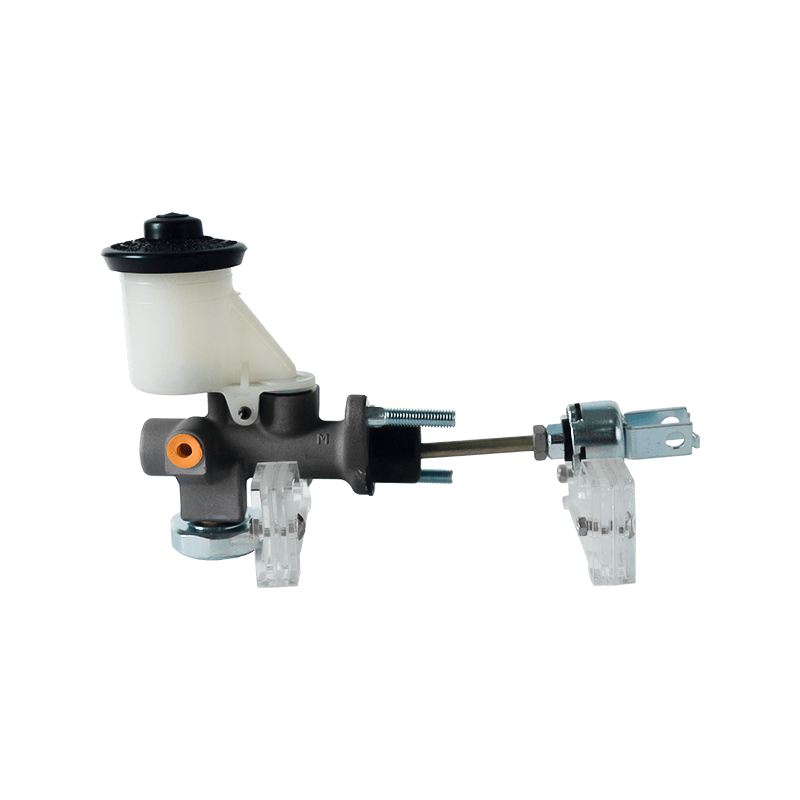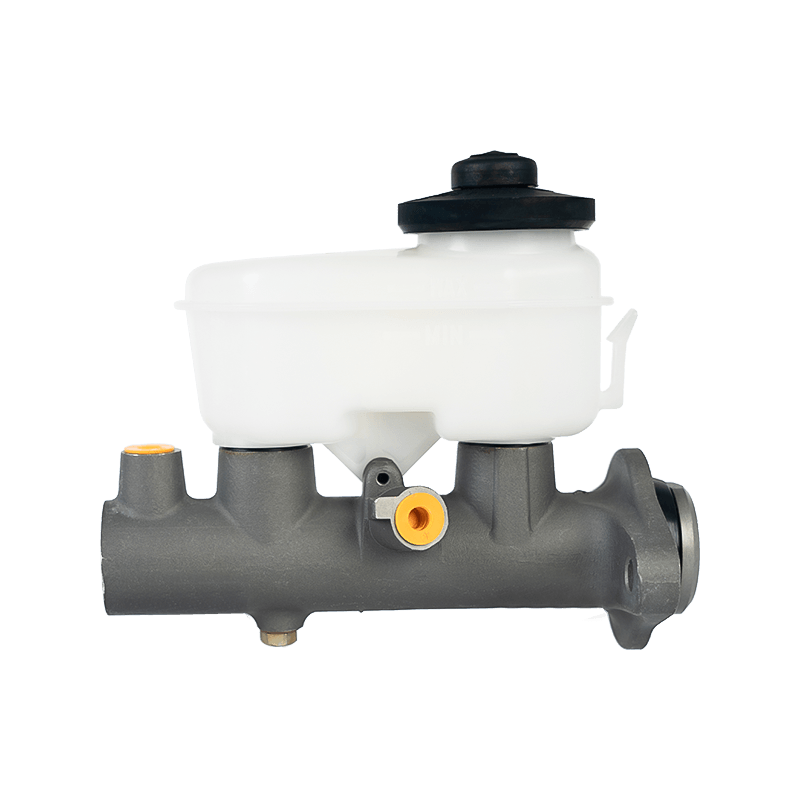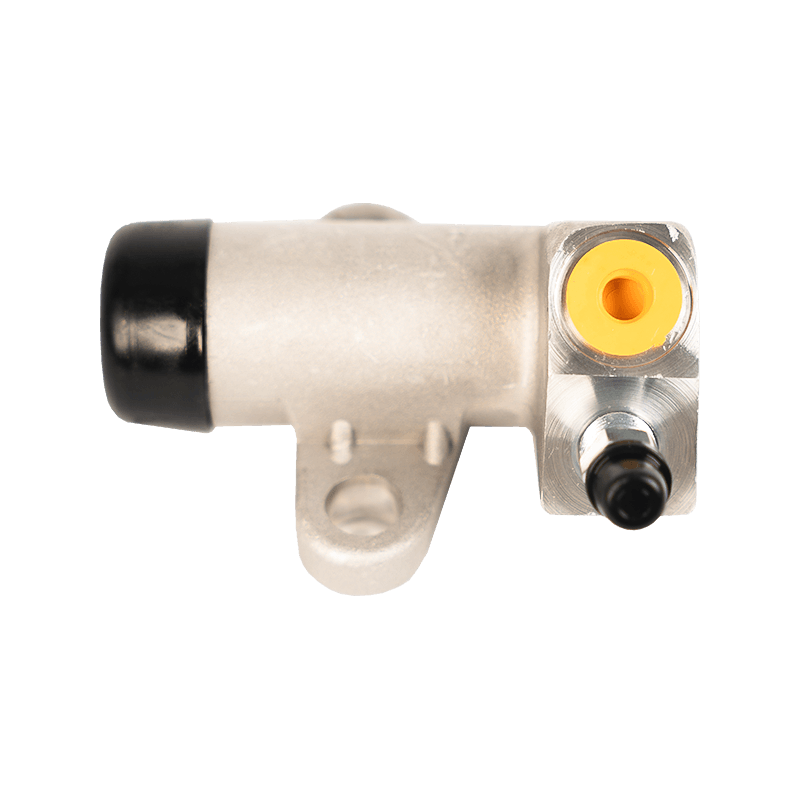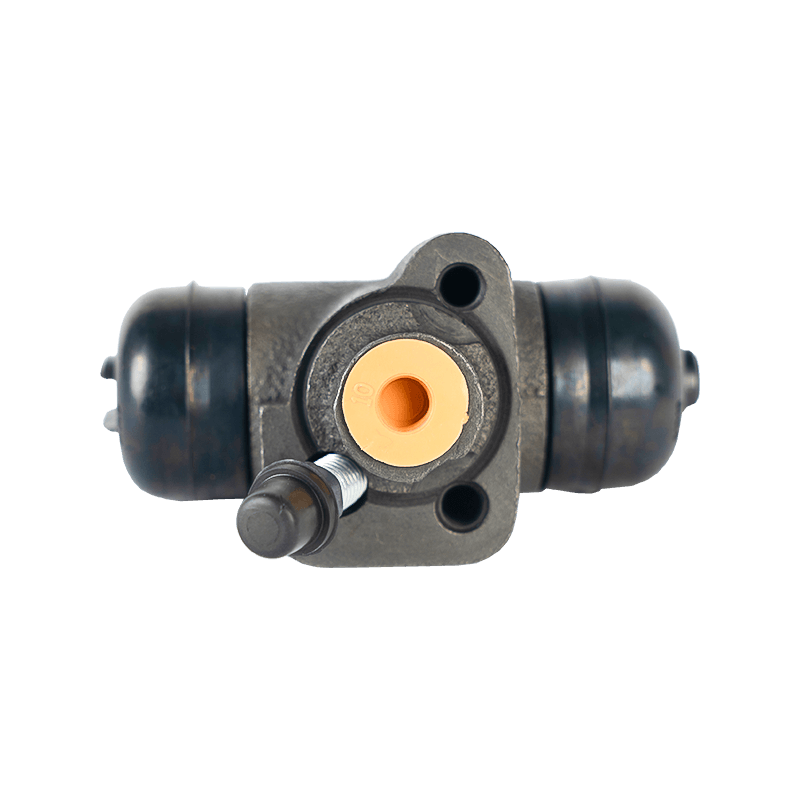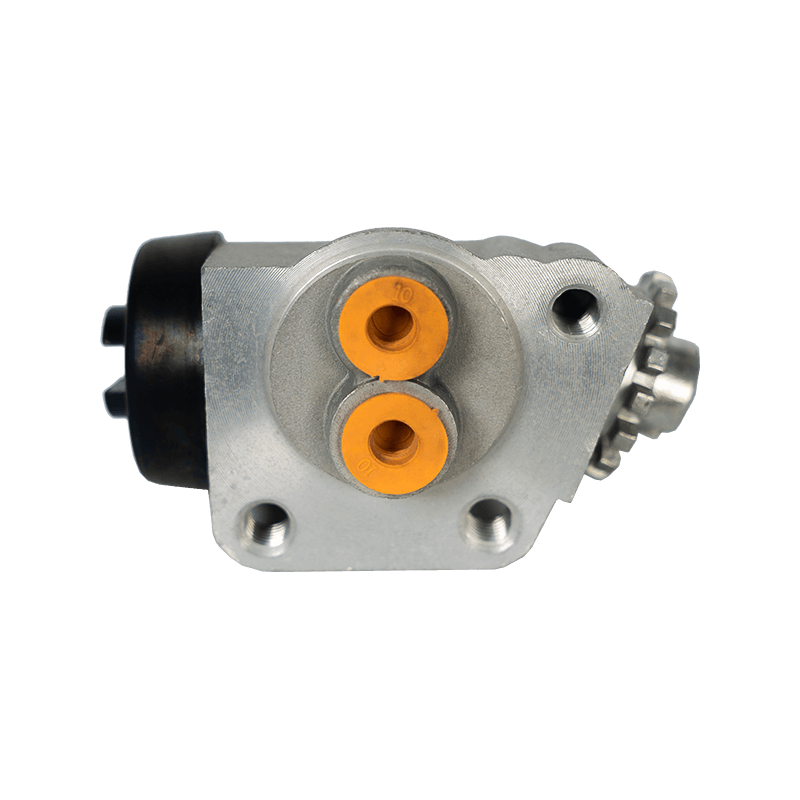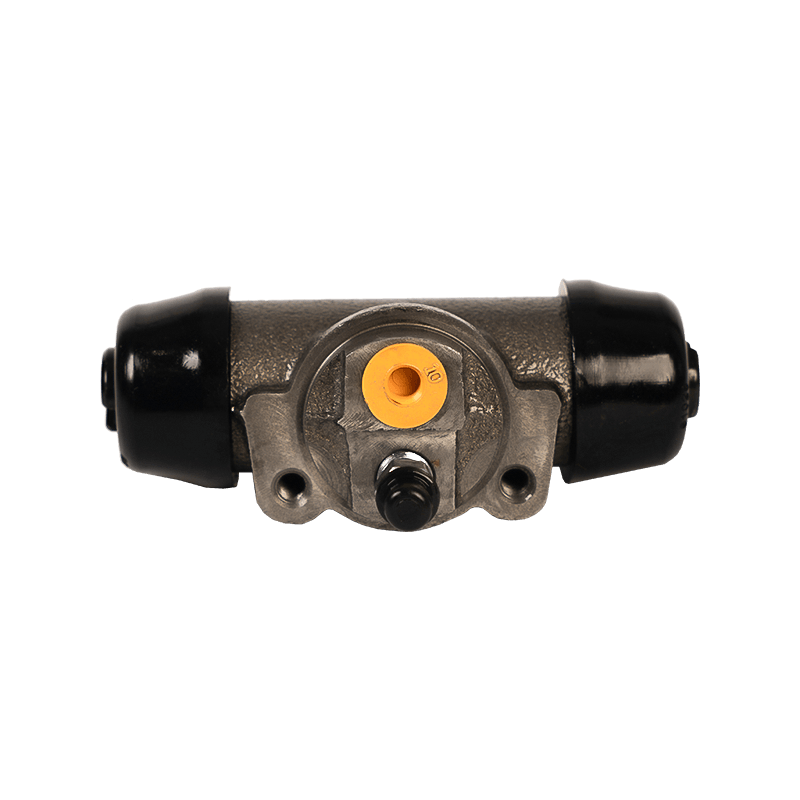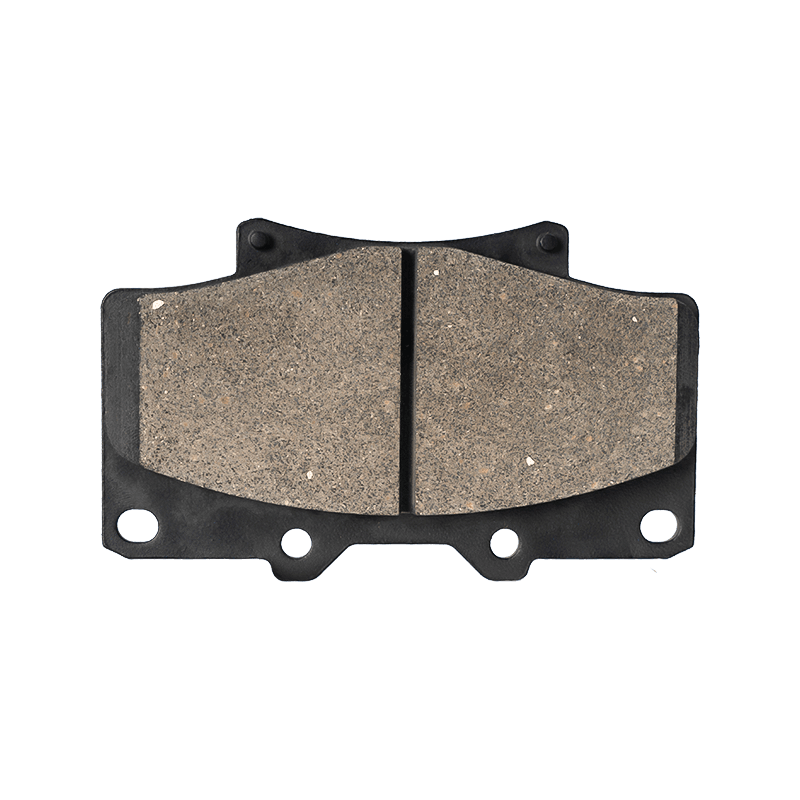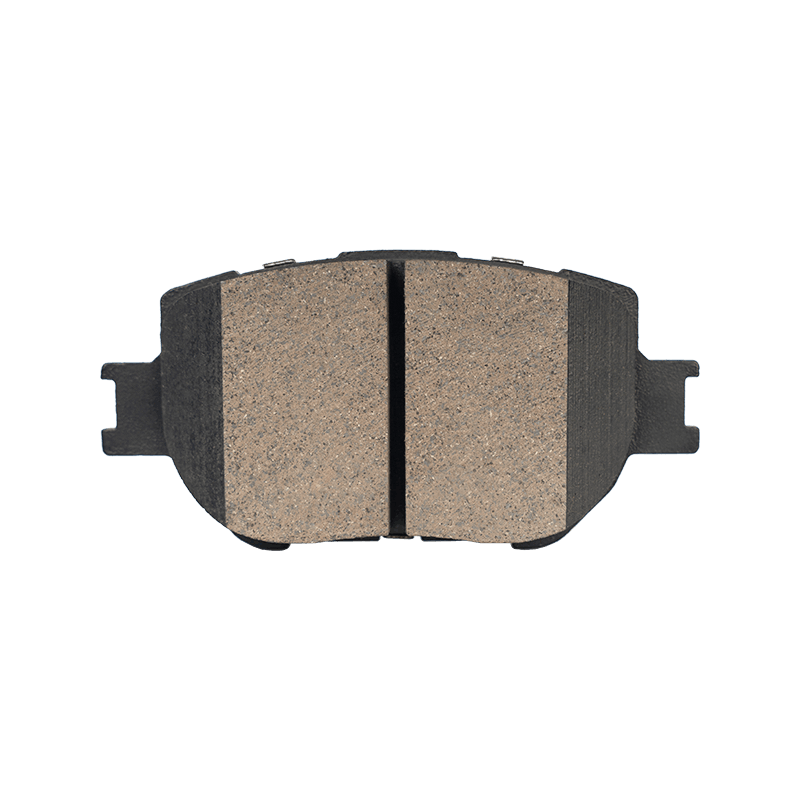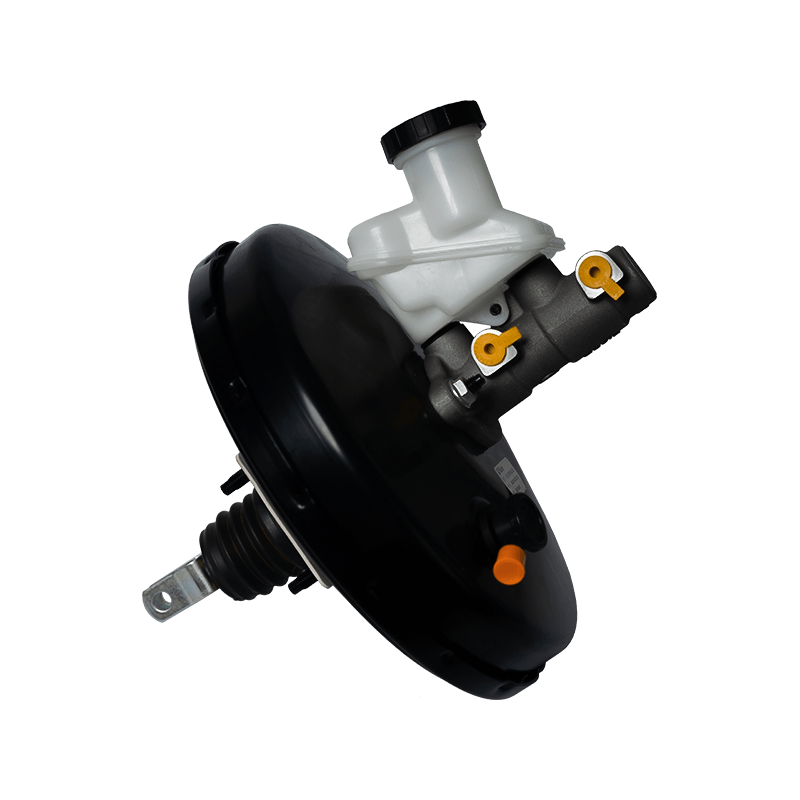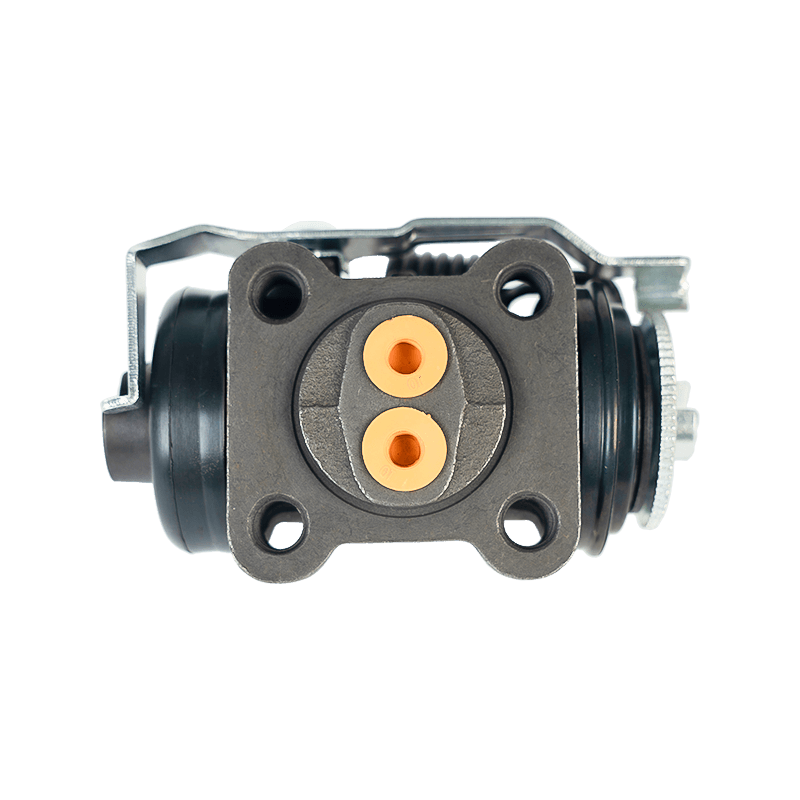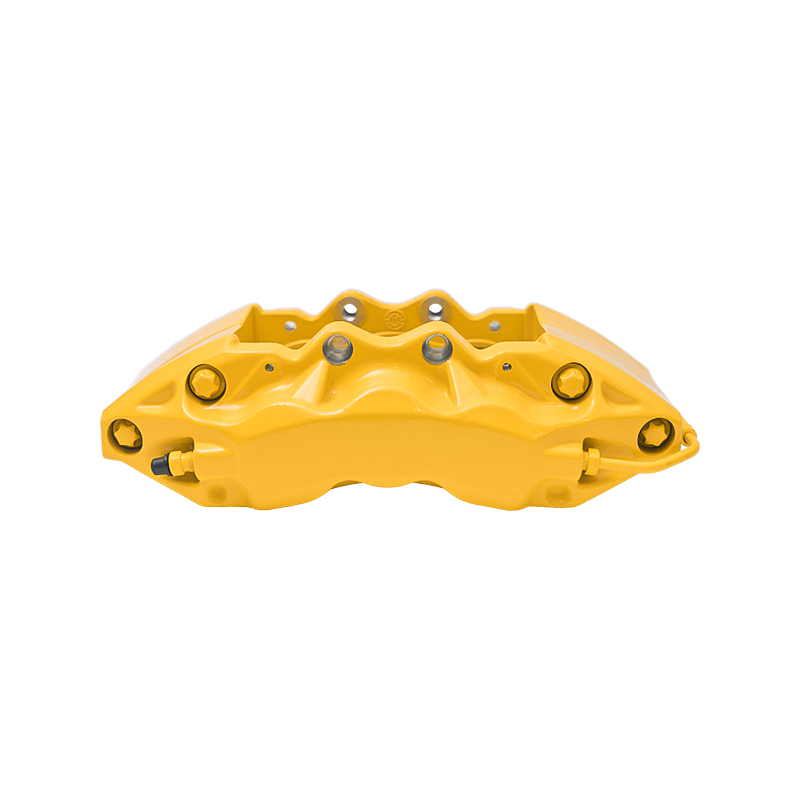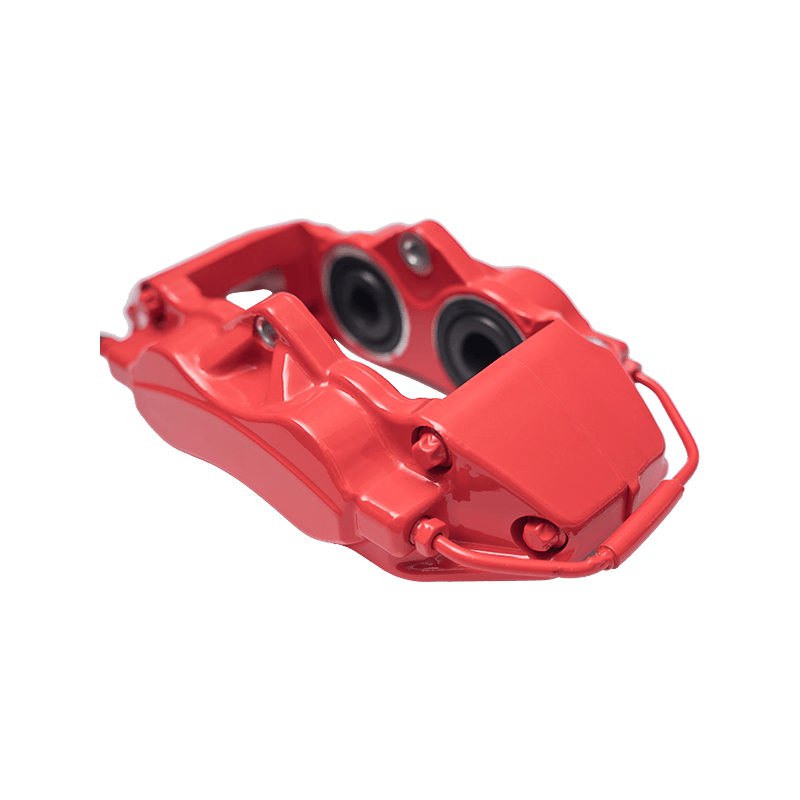Is it true that the higher the friction coefficient of brake pads, the better?
 2025.05.12
2025.05.12
 Industry News
Industry News
The friction coefficient of brake pads is not the higher the better. Although a higher friction coefficient means that a greater braking force can be generated under the same pressure, making the brake response more sensitive, an excessively high friction coefficient may cause a series of safety hazards and performance imbalances. For example, during high-speed emergency braking, an excessively high friction coefficient may cause the wheels to lock, the vehicle to instantly lose steering control, and even cause dangerous situations such as drifting and skidding, posing a direct threat to driving safety. In addition, a high friction coefficient is often accompanied by excessive wear on the brake disc, which not only accelerates the loss of brake pads and brake discs, but also may generate braking noise and dust, affecting driving comfort.
From the perspective of actual driving scenarios, the selection of friction coefficients needs to comprehensively consider vehicle characteristics, driving habits and usage environment. For example, if urban commuter vehicles use brake pads with high friction coefficients, frequent starts and stops may cause the brake system to overheat, aggravate thermal decay (a sudden drop in friction coefficient at high temperatures), and reduce braking efficiency; while in mountainous areas or track driving, a moderate increase in friction coefficient can cope with high-intensity braking needs, but it is necessary to ensure the stability of the material under extreme temperatures. In addition, inferior products may artificially increase the friction coefficient by adding abrasives, but in an emergency, the braking force decays rapidly or even fails completely. This kind of "false label" phenomenon further illustrates the unreliability of simply pursuing high values.
The core of the performance of brake pads lies in the stability of the friction coefficient rather than the absolute height. Excellent brake pads need to maintain stable friction characteristics under complex working conditions such as high temperature, low temperature, wet or continuous braking to avoid fluctuations in braking force. For example, although some high-performance brake pads have a medium nominal friction coefficient, they achieve low noise, low dust and high temperature resistance by optimizing the material formula (such as ceramic or NAO formula), which is better than the product with a simple high coefficient in comprehensive experience. Therefore, the choice of friction coefficient should be based on the balance point of the vehicle's original design, taking into account braking efficiency, safety redundancy and comfort, rather than blindly pursuing numerical maximization.
 Search
Search
 Eng
Eng 
 English
English Español
Español Português
Português


